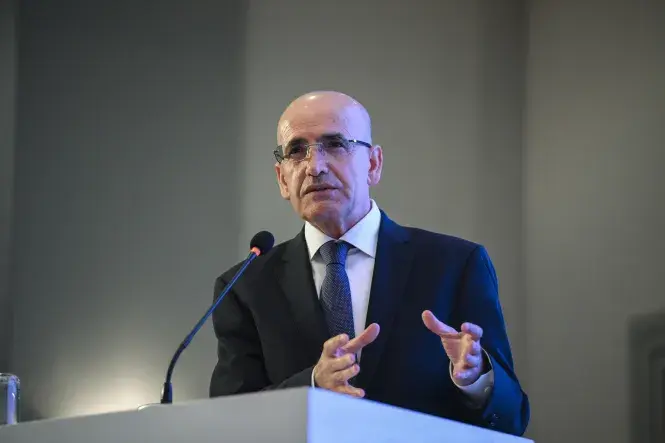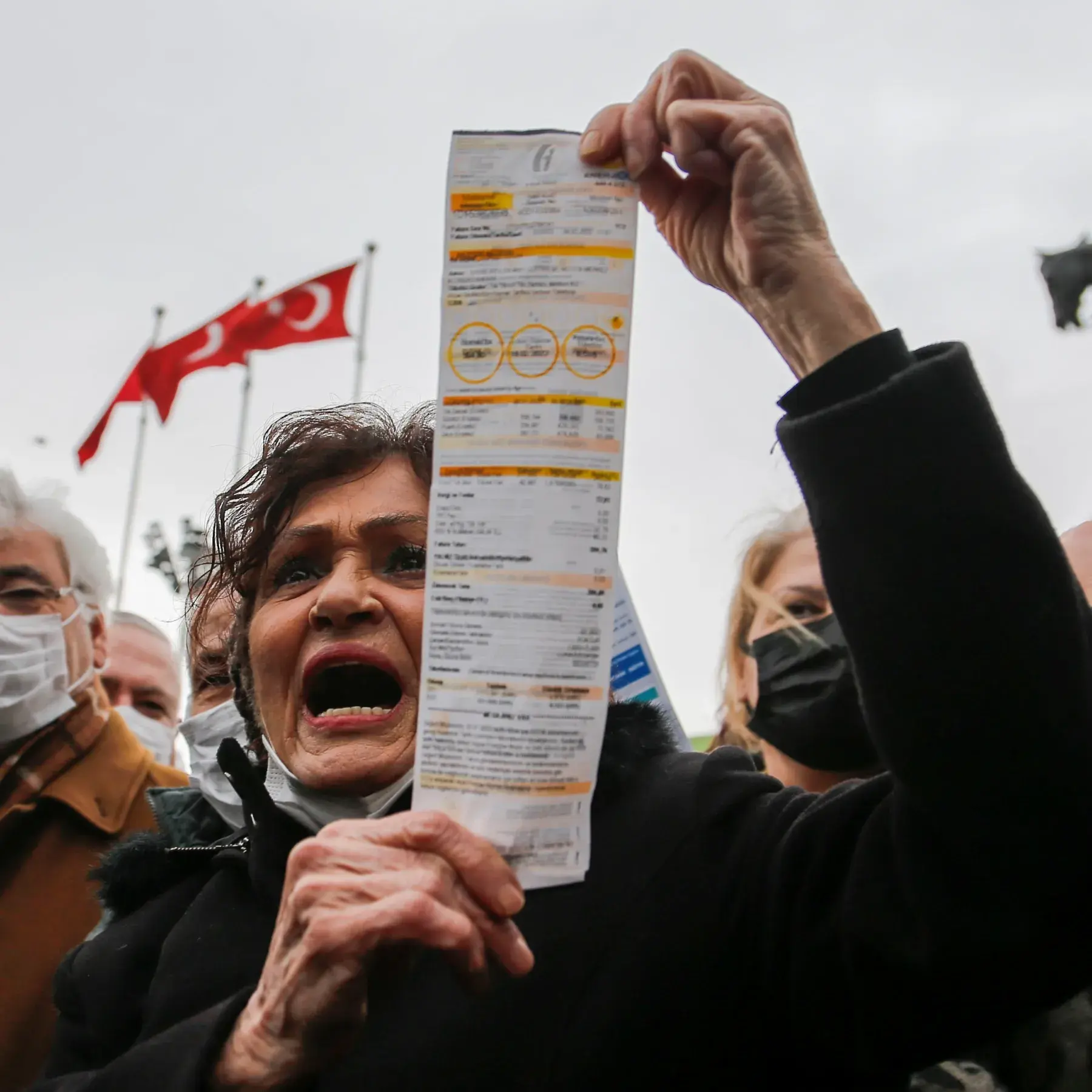US Federal Reserve holds steady amidst rising inflation and economic uncertainty
 US Federal Reserve Chair Chair Jerome Powell holds a press conference following a Monetary Policy Committee meeting at the Federal Reserve in Washington, DC, on June 12, 2024. (Anadolu Images)
US Federal Reserve Chair Chair Jerome Powell holds a press conference following a Monetary Policy Committee meeting at the Federal Reserve in Washington, DC, on June 12, 2024. (Anadolu Images)
The Federal Reserve opted to keep its key lending rate unchanged on Wednesday, signaling a shift from previous expectations of multiple rate cuts this year to just one, according to a statement released following the conclusion of its June 11-12 meeting.
The Fed unanimously voted to maintain its benchmark interest rate within the range of 5.25 to 5.50 percent, citing “modest” progress toward its long-term inflation target of two percent. This decision arrives despite recent consumer inflation data indicating a slowdown in the rate of price increases in May.
The annual consumer price index (CPI) for May stood at 3.3 percent, marking a 0.1 percentage point decrease from April and remaining unchanged on a monthly basis, as reported by the Labor Department. This figure slightly missed expectations.
Alongside the interest rate decision, the Fed also updated economic forecasts from members of its rate-setting Federal Open Market Committee (FOMC). These forecasts revealed a reduction in individual expectations for the number of rate cuts this year, with the median projection for interest rates at the end of 2024 adjusted to the midpoint between 4.50 and 4.75 percent.
This adjustment implies that FOMC participants now anticipate only one 0.25 percentage point cut by year-end, down from the previously forecasted three cuts in March.
In addition to revising rate projections, Fed officials raised their inflation forecasts for 2024 while maintaining the growth outlook unchanged.
The decision to hold interest rates steady follows a period of sustained inflationary pressures, with consumer prices climbing to 3.3 percent year-over-year in May, after peaking at over 9 percent in mid-2022. The last rate hike occurred in July 2023, and with only one increase in the past nine meetings, consumers are anticipating a potential decrease in rates, although the timing remains uncertain.
Greg McBride, CFA, Chief Financial Analyst at Bankrate, commented on the uncertainty surrounding the timing of rate cuts, likening it to a delayed flight with no definitive departure time. Despite persistent inflationary pressures, the Fed remains cautious about cutting rates in the near term, given the strength of the economy and loose financial conditions.
Meanwhile, the 10-year Treasury note yield, currently at about 4.26 percent, has risen substantially since the beginning of the year, though it has retreated from its 52-week high of 4.99 percent in October. The yield experienced a downturn at the end of 2023 but has rebounded as Fed officials adjusted their rate cut timeline for 2024.
The Fed’s decision to maintain interest rates at current levels has implications for various sectors. While many banks have paused adjustments to rates on savings, CDs, and money market accounts, others have begun to pare them back in anticipation of future rate cuts. However, competitive offers from online banks and top credit unions continue to provide attractive yields for savers.
Despite the anticipation of lower rates in the future, the stock market has remained positive, driven by strong corporate earnings and investor optimism. Bond investors, on the other hand, have faced challenges due to rising rates, although new investments may benefit from the recent increase in bond rates.
The pause in rising rates offers temporary relief to the US government’s borrowing costs as it manages a national debt nearing $35 trillion. However, the government’s total borrowing costs continue to rise as older debts at lower rates are rolled over at today’s higher interest rates.
As the nation heads into an election year in 2024, the surging debt and its associated costs may influence the re-election prospects of President Joe Biden in an expected rematch with former President Donald Trump.
In summary, the Federal Reserve’s decision to maintain interest rates reflects a cautious approach amidst ongoing inflationary pressures, with implications for various sectors of the economy and potential political ramifications in an election year.



